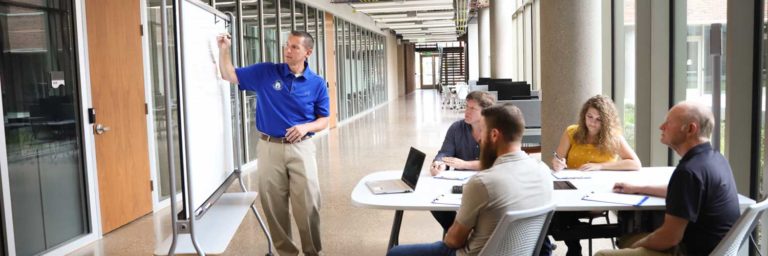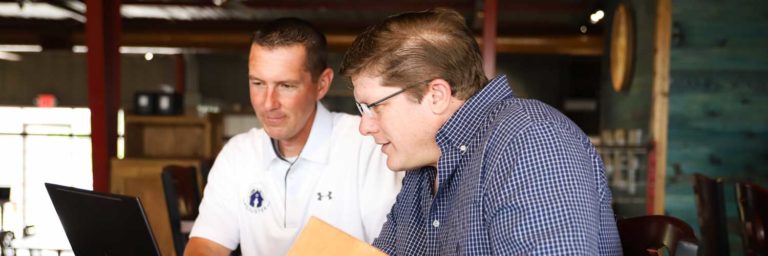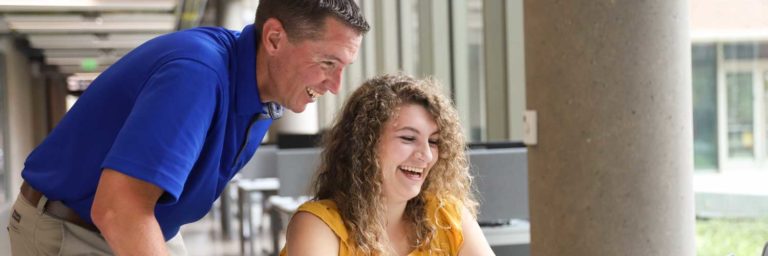Insurance adjusting is an essential role in the insurance industry that involves evaluating claims and determining the appropriate compensation for insured parties. If you’re interested in pursuing a career in insurance adjusting, getting licensed is an essential step. In this comprehensive guide, we’ll walk you through everything you need to know about insurance adjusting licensing.
What is Insurance Adjusting Licensing?
Insurance adjusting licensing is the process of obtaining a license to work as an insurance adjuster. The requirements for licensing vary depending on the state in which you plan to work. Generally, you’ll need to complete an approved pre-licensing training program and pass an exam to become licensed.
Why is Insurance Adjusting Licensing Important?
Insurance adjusting licensing is vital for anyone who wants to work as an insurance adjuster. In most states, it is illegal to work as an adjuster without a license. Furthermore, obtaining a license demonstrates to potential employers that you have the knowledge and skills necessary to perform the job.
How to Get Licensed as an Insurance Adjuster
The process of getting licensed as an insurance adjuster varies from state to state. However, there are some common steps you’ll need to follow:
Meet the Basic Requirements
To become an insurance adjuster, you’ll need to be at least 18 years old and have a high school diploma or equivalent.
Complete Pre-Licensing Education
Most states require you to complete an approved pre-licensing education program. These programs vary in length but typically require 40-60 hours of coursework.
Pass the Licensing Exam
Once you’ve completed your pre-licensing education, you’ll need to pass the licensing exam. The exam is typically a multiple-choice test that covers insurance adjusting principles and practices.
Apply for Your License
After passing the exam, you’ll need to apply for your license through your state’s insurance department.
Tips for Passing the Licensing Exam
The licensing exam can be challenging, but with the right preparation, you can increase your chances of passing on the first try. Here are some tips to help you prepare:
Take a Pre-Licensing Course
A pre-licensing course can help you learn the material and prepare for the exam.
Study the Exam Content Outline: The exam content outline will tell you what topics are covered on the exam, so you can focus your studying on those areas.
Use Study Materials
There are a variety of study materials available, including textbooks, online courses, and practice exams.
Get Plenty of Rest and Eat Well
On the day of the exam, make sure you get plenty of rest and eat a healthy meal.
Conclusion
Obtaining an insurance adjusting license is an important step if you want to pursue a career in the insurance industry. By following the steps outlined in this guide and preparing for the licensing exam, you can increase your chances of passing and obtaining your license. With a license in hand, you’ll be on your way to a rewarding career as an insurance adjuster.










